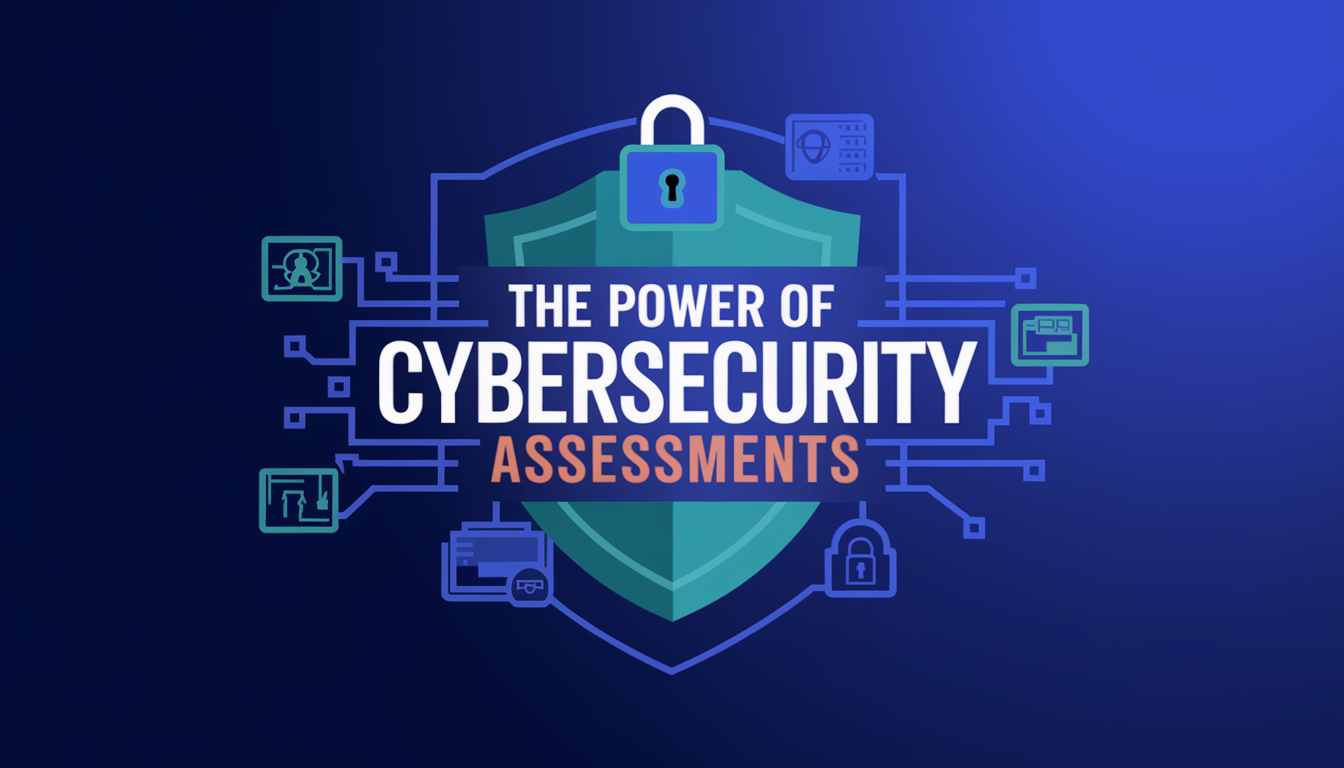Choosing the Best Browser Security Platform: 5 Steps to Get It Right
The browser has quietly become the new endpoint. It’s where users access critical data, apps, and unfortunately, where threat actors increasingly look to strike. As more work shifts to the web, security teams are under pressure to evolve, fast.
Browser-based security platforms are gaining traction, but the challenge isn’t just choosing a feature-rich solution. It’s identifying one that aligns with modern risk models, supports seamless user productivity, and scales operationally. Here’s what should be top of mind when evaluating your next browser security investment.
1. Rethinking Architecture: Prevention as the First Line
Traditional detection-based models are too slow for web-native threats. Forward-thinking platforms now prioritize isolation, neutralizing threats before they reach endpoints. Take Menlo Security, for example: all web sessions are executed remotely in a cloud container, blocking active content from ever reaching the user.
Beyond isolation, the architecture itself must support security by design. Native controls, like the ones built into Island’s enterprise browser, reduce reliance on third-party extensions, which often create new attack surfaces. Embedding security features like DLP and session recording directly into the browser makes enforcement more consistent and resilient.
2. Experience Still Rules The DayOne of the most overlooked elements in browser security adoption is user experience. If controls impede speed or alter familiar workflows, users find workarounds, and that’s a security failure in disguise.
That’s why the leading platforms aim to feel invisible. Island and Chrome Enterprise, for instance, preserve native browser performance and interface integrity while adding enterprise-grade protections under the hood. Minimal friction leads to higher adoption, fewer support tickets, and stronger security posture over time.
3. Operational Control at Enterprise Scale
Security isn’t just about blocking threats, it’s also about managing complexity. A modern browser security solution should offer centralized management that scales with your team and infrastructure.
Look for platforms that allow admins to define granular policies, monitor usage in real time, and manage configuration across users and regions, all from a single console. Island delivers this natively, while cloud-first offerings like Authentic8 Silo remove the overhead of on-prem deployments entirely, accelerating time to value.
4. Compliance, Visibility, and Real-World Audit Readiness
Beyond external threats, regulated industries face considerable internal scrutiny, too. A solid browser security solution should not only provide threat protection but also support compliance reporting and visibility.
Comprehensive logging, exportable reports, and compatibility with standards like GDPR, HIPAA, and PCI DSS are must-haves. Tools like Island’s built-in compliance suite simplify audits and help teams respond rapidly to incidents.
5. Don’t Just Think Cost, Think Fit.
Upfront pricing often distracts from true value. Instead of focusing on sticker price, evaluate total cost of ownership, including infrastructure, training, and long-term support.
Some solutions, like Bromium (Acquired by HP), offer robust isolation through micro-virtualization but introduce heavy operational complexity. Others, like Island, strike a better balance with deeply integrated controls and a more manageable admin experience. Bonus points if the platform aligns with NIST standards or similar frameworks, this is definitely an indicator of long-term adaptability.
The Strategic Shift: Security Built Into the Browser
The future of browser security isn’t about layering on tools, it’s about reengineering the browser itself to be secure by default. Island’s approach exemplifies this shift: rather than bolting on defenses, it builds them directly into the browser core.
This not only improves threat prevention but also enhances user experience and simplifies operations. It’s a holistic approach designed for today’s distributed enterprise.
Final Thought:
As organizations move more workflows to the web, the browser has emerged as both gateway and gatekeeper, the access point to critical systems and a growing source of risk. At DigitalEra Group, we work closely with CISOs and IT leaders to secure this evolving edge, helping them evaluate browser-based security platforms not just on specs, but on strategic fit.
Choosing a browser security platform is more than ticking boxes. It’s about aligning architecture, usability, and manageability with your broader risk strategy. In addition to the necessary protection layer, the strongest platforms integrate, scale, and empower.



